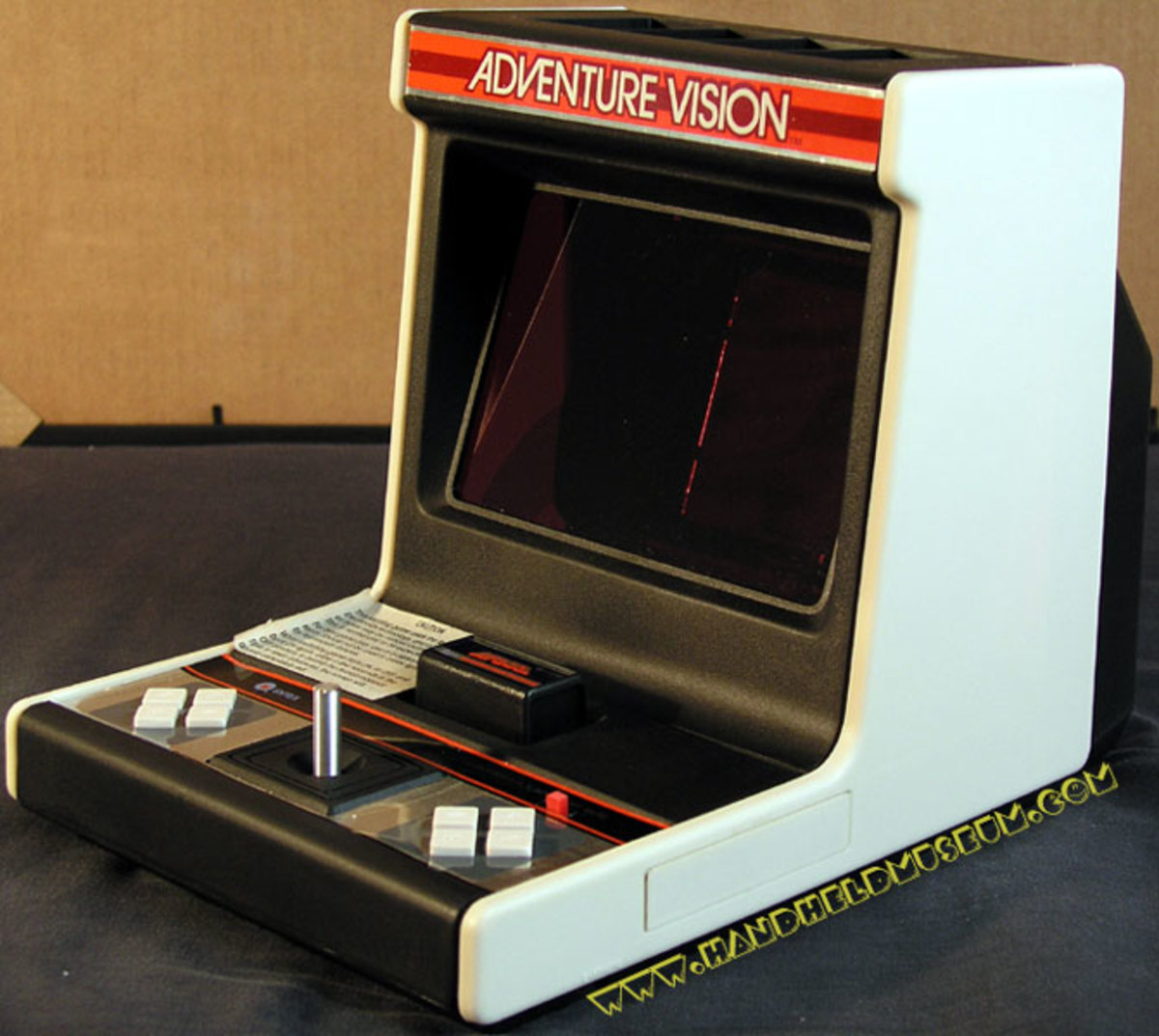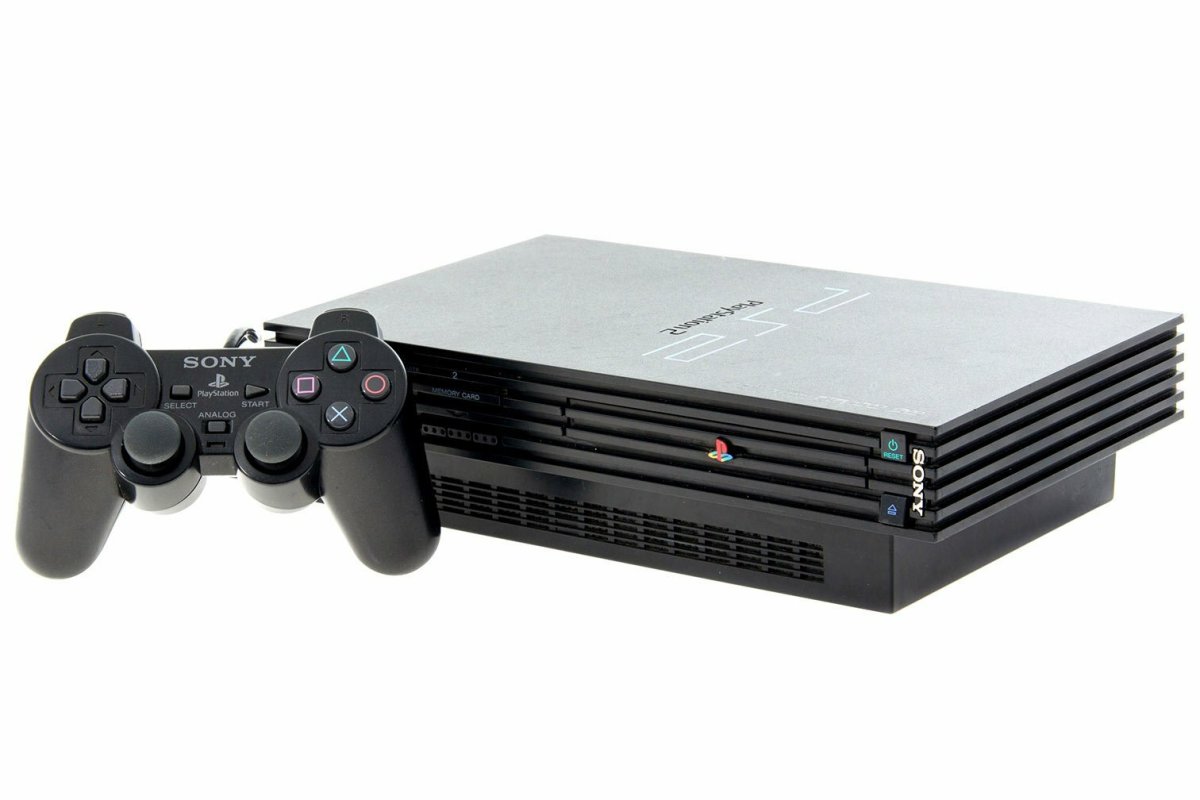Top Ten Failed Videogame Consoles
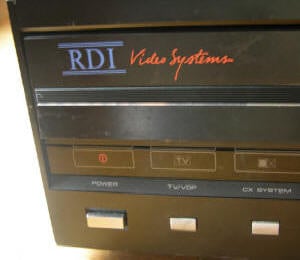
Videogame consoles have a relatively brief but fascinating history. For every successful console, there are several that were abysmal failures. Many of these systems were created by electronics companies hoping to establish a niche in the videogame market. Others were made by established industry forces who, for one reason or another, made a major misstep. Common flaws that torpedoed these consoles’ chances of success were a high price, poor marketing, a lack of third party support, and poor design. Here is a top ten countdown of failed videogame systems.
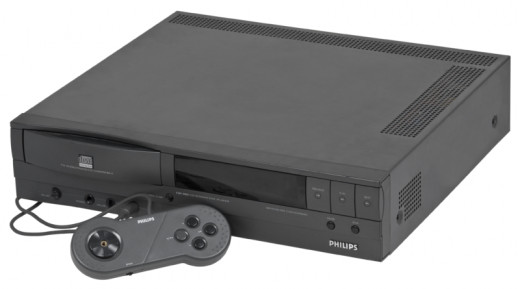
10. Phillips CD-i
Release Date: 1991
Why it failed: In the mid-90’s, Nintendo entered into a partnership with Phillips to produce a CD add-on to the Super Nintendo. The console never came to fruition, but Phillips gained the rights to make atrocious Super Mario and Legend of Zelda games for their own console. Phillips could never quite establish an identity for the CD-i. Was it a videogame system? A computer? A multimedia device? Consumers were confused, third party software developers were disinterested, and sales were abysmal. Phillips officially discontinued support for the CD-i in 1998.

9. Atari Jaguar
Release Date: 1994
Why it failed: The Atari Jaguar was supposed to usher in Atari’s return as a market leader. Instead, it became a huge fiasco. The console was marketed as having sixty-four bits of processing power, four times that of the successful Super Nintendo and Sega Genesis systems. However, its claims were misleading. The Jaguar was really just a glorified sixteen bit system with a ridiculous seventeen button controller. Software developers found the console difficult to work with, and the Jaguar’s lack of sales made it even more unappealing. Atari discontinued the Jaguar in early 1996 with less than 250,000 units sold worldwide.
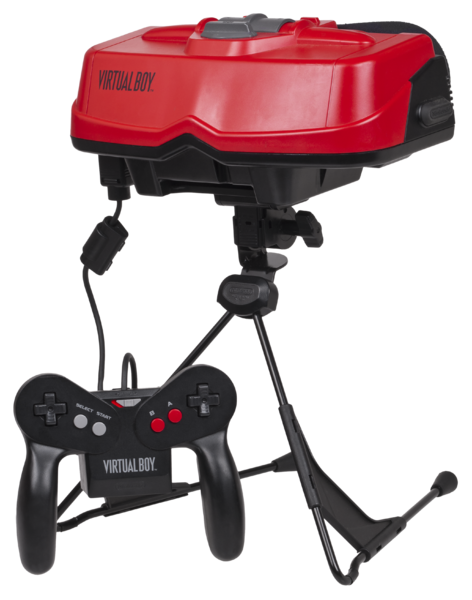
8. Virtual Boy
Release Date: 1995
Why it failed: Nintendo has had many commercially successful consoles, but the Virtual Boy was one of their greatest failures. Virtual Boy was the first 3-D console and Nintendo hoped it would be revolutionary. Instead, it received a firestorm of criticism for its red and black graphics, small game library, and high price tag. Users sometimes experienced severe head and stomach aches after playing the console. Nintendo discontinued the Virtual Boy in 1996 after selling less than 800,000 units.
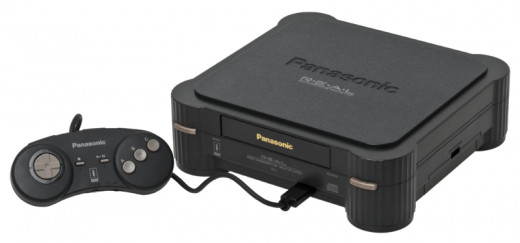
7. Panasonic 3D0
Release Date: 1993
Why it failed: Like the Jaguar, the 3D0 was marketed as a high end competitor to the SNES and Sega Genesis. It suffered many of the same problems, including a ridiculous price ($600) and a lack of third party support. The console had many poorly received games, including the infamous “Plumbers Don’t Wear Ties.” The 3D0 was marketed as a multimedia system, hoping that consumers would be fooled into thinking it was worth its price. The strategy failed, and the 3D0 faded away.
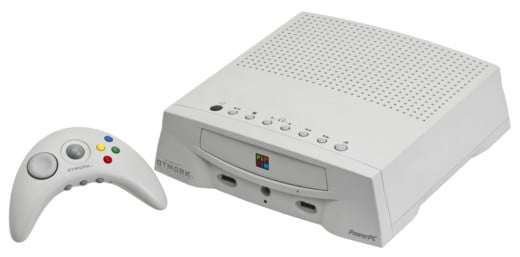
6. Apple Bandai Pippin
Why it failed: The Pippin was yet another ‘90s attempt to market a videogame system as a multimedia player/computer/whatever. At $600, virtually no one was interested in purchasing the console. Consumers considered it an expensive videogame player, as opposed to a cheap computer. Third party support was nonexistent. The Pippin sold about 42,000 units in total. Most of the Pippins that had been produced were never sold. The console was discontinued in 1997.

5. Tiger Telematics Gizmondo
Release Date: 2005
Why it failed: Despite its ridiculous name, the Gizmondo received a great deal of attention and hype when it was first released. The portable console was ahead of its time in some ways, with features like Bluetooth and a camera. Despite this, the Gizmondo was a colossal failure, selling only about 25,000 copies. In a bizarre marketing ploy, the Gizmondo was released with two different prices. Consumers could pay $400 for an ad free version, or $230 dollars for the privilege of seeing advertisements pop up on the device’s screen. Consumers quickly decided that the console was not worth either price. A whopping eight games were released in North America. Even fewer reached the European market. The Gizmondo was discontinued in 1997 and Tiger Telematic’s CEO was arrested for ties to the Swedish mob. After his downfall, the company filed for bankruptcy.
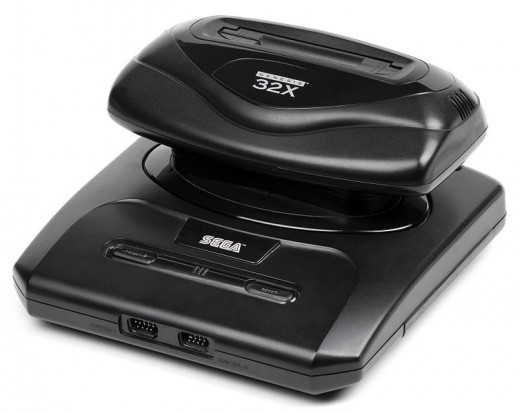
4. Sega 32X
Release Date: 1994
Why it failed: The 32X was a colossal marketing blunder by Sega. It was conceived as an add-on for their successful Genesis console. Sega hoped that the 32X would revitalize the Genesis until the release of the Sega Saturn. But, with the release of Saturn just a year away, the 32X seemed pointless. Only five games were released as developers quickly turned their focus to the Saturn (itself a failure compared to the Sony Playstation and Nintendo 64). Between the Sega CD, 32X, and Saturn, Sega flooded the market with too many incremental updates.

3. Tiger Game.com
Release Date: 1997
Why it failed: Known for their handheld games, Tiger released the portable Game.com console in the hopes of competing with Nintendo’s Game Boy. Game.com could access the internet, but only by connecting to a modem. Playing with other users online was impossible. Tiger didn’t help matters by creating an infamous television ad campaign in which an actor playing a company spokesman insulted and mocked gamers, saying that the console had more games than most gamers had brain cells. Ironically, only about twenty games were released. Game.com was discontinued in 2000 after selling less than 300,000 consoles.
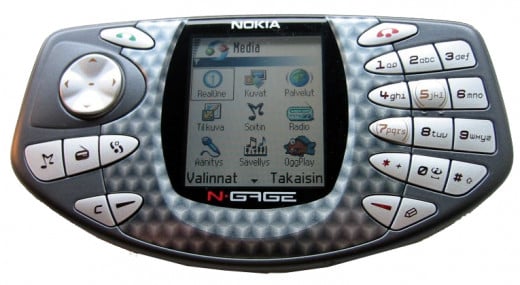
2. Nokia N-Gage Classic
Release Date: 2003
Why it failed: The N –Gage was an ugly portable console that could also be used as a cell phone. It had an awkward control setup that inhibited gameplay. Using it as a cellphone wasn’t easy, either. Unlike Game.com, the N-Gage allowed multiplayer gaming over the internet. However, this was not enough to save the console from failure. Its sloppy design soon made it infamous. The console was discontinued until 2004, although an N-Gage mobile gaming service was available until 2010.
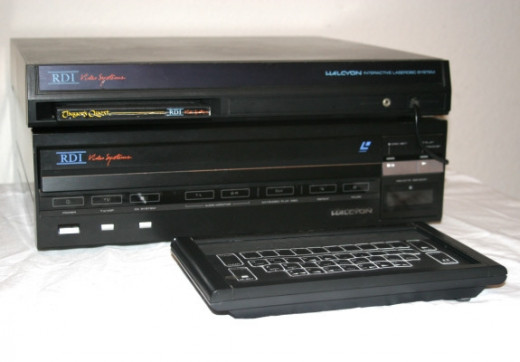
1. RDI Halcyon
Release Date: 1985
Why it failed: This extremely obscure system was very ambitious for its time. The Halcyon was released with an outrageous price tag of $2,500. It was marketed as a multimedia system and featured a laserdisc player and a keyboard. Only two games were released, one of which came with the console. The Halcyon featured an early form of voice recognition. Users could speak commands instead of using the keyboard. Its games featured full motion video capabilities. The console might have been a success if it had been cheaper and better marketed. The Halcyon received a very limited release and sales were virtually nonexistent. RDI failed for bankruptcy a short time later.
Promotional Video for the RDI Halcyon
Links
- Home Page | Video Game Console Library
Providing detailed information, history, pictures and reviews of the old, new and obscure video gaming consoles/systems. - Atari Gaming Headquarters
Everything Atari, all day, all night, all the time! - Ultimate Console Database
Comprehensive videogame system information. - RDI Halcyon Laserdisc Archive Page
- RDI Halcyon on ebay: Time for some retro gaming!
In Januray of 1985, RDI Video Systems released a gaming console: The Halcyon. Priced at $2500, it is not at all surprising that the system found few takers back then. As a matter of fact only two games were released for the console before the company




